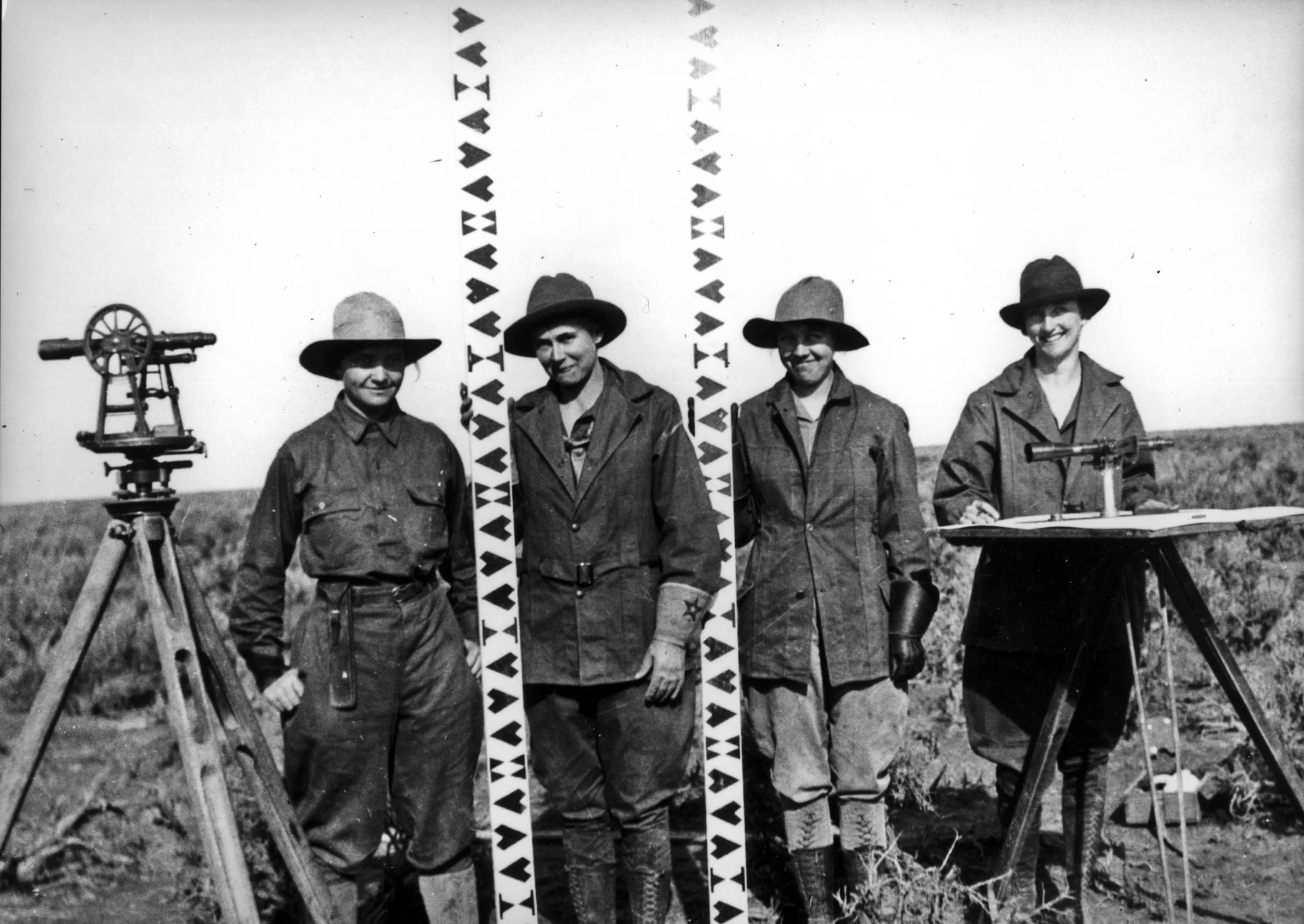Call for Submissions: Issue #2
Minidoka Project, Idaho 1918. Photo from the U.S. Bureau of Reclamation, of the U.S. Department of the Interior
Submission Deadline: June 15, 2018
ISSUE SCOPE: Design Determines the Impact of Change
Website: http://www.mappingmeaning.org/journal
E-mail: editors@mappingmeaning.org
“I sense that humans have an urge to map – and that this mapping instinct, like our opposable thumbs, is part of what makes us human.” - Katharine Harmon. [You Are Here: Personal Geographies and Other Maps of the Imagination. New York: Princeton Architectural Press. 2004.]
“A fuller understanding of what we don’t know is itself new knowledge and redefines what we know.” - Pete Turchi. [Maps of the Imagination: the Writer as Cartographer; San Antonio, TX: Trinity University Press. 2004.]
To open the space for dialogue in this MM journal issue #2 we posit that, as change is constant in our environments, design can steer change to more positive and less adverse consequences. Design is both process and product. It can be a deliberate execution of a plan to determined goals, or the plan itself. Yet, here is the paradox: because it exists in the space of wicked and fuzzy problems, its results have desired and unexpected consequences.
We call for the critical consideration of design works and for design work, that are intended to have direct ecological, social, cultural, emotive, or spiritual impact. The work presented, or critically reviewed can be a new approach, or a unique or ‘odd’ perspective, that has been discerned, explored, and dissected. The work should argue for the necessity of other views and actions and spaces. It can offer a thoughtful and constructive consideration of reality, as well as raise discomforting questions. Design impacting change can be focused on an environment internal or external; inside yourself, in your neighborhood, or across the globe; a place, ecosystem, community, or culture; or as a way of being or doing in service, operation, or action. Of special interest are design works that respond to the dangers of any external or internal status quo for its complacency, unpreparedness, or resistance to the different, unrecognized or unacknowledged.
Submittals for this issue are to be the “mapping” of a design for change in an environment, in terms of a process, consequent object, or operation, action, or service in a variety of formats: written, graphic (2D, 3D, multi-D), auditory, tactile or mixed media. By “mapping” we mean that the viewer can visualize not only what the work is, but what are its intentions and consequences. The work can be not yet implemented, in-progress, or constructed at the edges of its local society, its regional culture, its community’s practices, and its neighbors’ ‘norms.’ It can be a critique of such work.
Cross disciplinary works and collaborations are welcomed. The submissions can be about one’s own design process and work in or of the environment, or about someone else’s. However, the work must be contemporary, or must provide a contemporary perspective of past work and effort. The submittal cannot have been previously published. Work submitted will be reviewed by the issue editors and the editorial board. If you have questions about the call, please contact the editors.
Issue #2 Editors:
Carmina Sanchez-del-Valle (Hampton University) and Virginia Price

